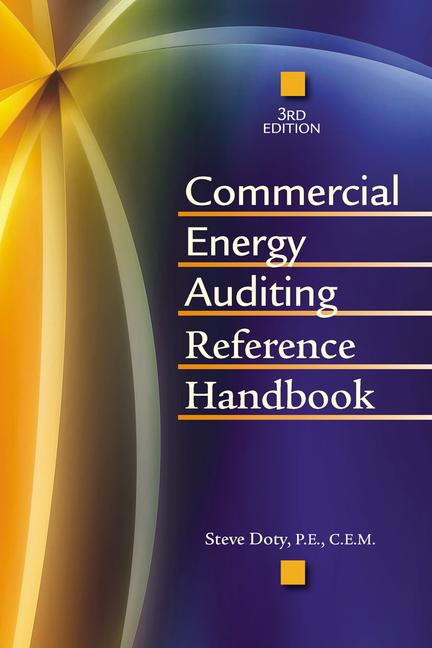
Figure
1. The MotorMaster
+ software provides an on-screen list that includes the
manufacturer and model, full-load efficiency rating, rpm, and list
price for each motor selected.
Generous incentives and bonuses keep facility upgrades on the radar in tough times.
The overwhelming majority of US buildings could benefit from efficiency-related capital spending - new chillers, boilers, lighting systems, and/or controls that would ultimately make them more competitive, profitable, and valuable. Unfortunately, the economy continues to stymie non-essential capital spending, leaving many managers wondering how to meet their goals for energy efficiency and sustainability without the funding required to execute their plans.
Limiting one’s focus to “low-/no-cost” measures that are easy to get approved in almost any economy is certainly one way to deal with capital budgeting constraints. However, savvy energy managers know that there is a third category of projects worth considering in times like these - projects that lie somewhere between the low-/no-cost measures and the more major upgrades to base building systems. Measures in this third category are easier to tuck into a tight budget, particularly if rebates are available to reduce first cost. Upgrades related to motor efficiency are a superb example of this third category of measures.
Motoring Toward Savings
The Consortium for Energy Efficiency (CEE) is an excellent source for managers interested in learning more about the potential for motor-related savings. For example, the Industrial Programs page of CEE’s website (http://www.cee1.org/ind/ind-main.php3) features the Premium Efficiency Motors Initiative and the Motor Systems Initiative as well as other resources. As CEE notes in a recent fact sheet, even small increases in efficiency can yield noticeable savings in motors run more than 40 hrs/week. And given that the energy cost for a motor that runs continuously at or near full load can be 10 to 25 times its purchase price, it’s easy to see the important role that motors can play in a building’s overall energy profile.There are many other excellent online resources to consult on the topic of motor-related savings. For example, the “CEE Summary of Efficiency Programs for Motors and Motor Systems” provides an overview of various funding sources supporting the use of NEMA Premium® motors, adjustable speed drives, motor management services, system optimization, and other energy management strategies. Visithttp://www.motorsmatter.org/tools/index.htmlfor more information.

Figure
2. Double clicking to highlight an individual motor
data line in MotorMaster+
yields a formatted display of performance information for
the motor of interest.
Rebates, More Rebates, and Year-end Bonuses, Too!
As the above-referenced CEE report suggests, there is a wealth of motor-related money available these days. Some of these programs are particularly generous. For example, in Xcel Energy’s Colorado service territory, replacing an “in-service” (i.e., working) 1-hp motor with a NEMA Premium® model would qualify for a $200 rebate. If the replacement were an “Enhanced” NEMA Premium® model, the rebate would be $210. In that same utility territory, replacing an in-service 500-hp motor would qualify for rebates of $10,000 and $13,500 for NEMA Premium and Enhanced NEMA Premium models, respectively.Several utilities offer percentage bonuses if a customer implements three or more rebate-eligible measures. Installing energy-efficient motors or drives along with a major lighting and HVAC renovation or efficient new construction project could trigger these bonus payments. For example, Austin Energy offers a 25% bonus for new construction that combines three technologies, while New Jersey’s Clean Energy program offers a 10% bonus for multiple measures.
Duke Ohio is another utility offering bonus incentives - in this case, for any VFD projects completed by December 31, 2009. A VFD applied to HVAC equipment is eligible to receive a bonus incentive of $25/hp providing a total incentive of $125/hp, while a VFD applied to process pumping receives a bonus of $40/hp for a total incentive of $80/hp.
Focus on Energy (FOE) sometimes offers bonuses for VFDs. For example, the prescriptive incentive (for both new construction and retrofit projects) was recently raised from $50 to $75/hp; and, the cap was raised from 30% to 50% for VFDs that were installed between May 1, 2009 and October 31, 2009. When a bonus program such as this one expires, the sponsoring utility often extends it or moves the bonus to stimulate interest in another program, so it is important to stay tuned for updates.
Funding sources in New England seem to have some of the country’s most generous programs for VFDs - particularly National Grid and NYSERDA. California-based funding sources are near the top of the list as well.

Figure
3. Once motor characteristics and load point are
entered, MotorMaster+
responds with default motor efficiency and price values
that are representative for the efficiency class (standard,
energy-efficient, or premium efficiency) and for the type
(horsepower, speed, and enclosure) of motor selected.
Finding Cost-effective, Motor-related Projects
A recent multi-year technical assistance program involving over 100 buildings and 40 million sq ft found that more than 75% of the facilities studied had opportunities to improve the efficiency of motor-related systems - replacing in-service motors with right-sized NEMA Premium® efficiency models, adding VFDs, or both. Moreover, in the case of that particular universe of buildings, the utility’s already generous incentives were increased by a 30% rebate bonus, further improving paybacks.The first two steps toward creating value with motor improvements are easy: 1) conduct a detailed inventory of a building’s motor-related energy uses; and, 2) look for rebates or incentives that would make any recommended upgrades more affordable. And remember, while elevators and escalators may be the first motor applications that come to mind, the motors used in HVAC and refrigeration systems alone can account for 30% or more of a commercial building’s energy use.
As more utilities begin offering incentives generous enough to motivate the replacement of inefficient in-service motors, motor-related upgrades will continue to grow in popularity, even in capital-constrained settings.ES

